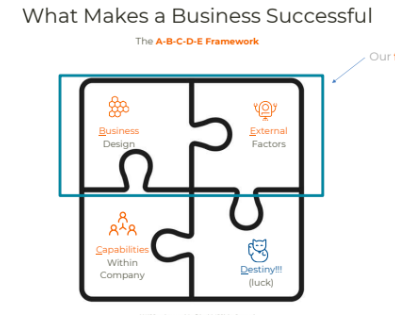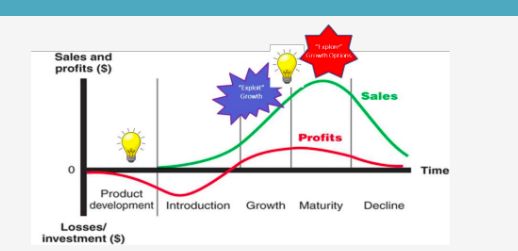Week 2
Page 1: Problem Statement

External Environmental Pressures
Increased competition from caterers and manufacturers
Manpower crunch impacting operations
Rising costs of supplies and other factors
Impact on Business
Declining market share affecting growth
Decrease in revenue and profit margins
Dilemma: Unable to automate processes due to volume constraints
Need to Transform
Urgent shift to adapt to changing market conditions
Page 2: Where To Transform
The Explore-Exploit Continuum
Exploit
Focused on improving existing business models for immediate gains
Transformative Innovation
Most challenging form of innovation
Explores opportunities beyond traditional scope
Requires significant changes to business models
Advantages: Positions company long-term, protects against disruption
Disadvantages: High risk with uncertain returns
Sustaining Innovation
Enhances current business models to maintain competitiveness
Examples: New products, services, and geographic expansions
Advantages: Lower risk, predictable impacts
Disadvantages: Does not shield from future disruptions
Efficiency Innovation
Focused on improving operational efficiency of existing models
Advantages: Immediate impacts with lower uncertainty
Disadvantages: Limited protection from future disruptions
Page 3: Business/Product Life-Cycle

Life-Cycle Stages
Introduction
Growth
Maturity
Decline
Relevance of Exploit-Explore Options
Balance between exploiting current business and exploring new growth areas
Illustration of profit fluctuations across various stages
Blue Ocean Strategy Framework
Framework aims at transforming competitive landscape
Guides companies towards creating untapped markets
Page 7: Success Factors in Business
A-B-C-D-E Framework
External factors impact success
Design and capabilities within the company influence destiny
Page 8: Red Ocean vs Blue Ocean
Red Ocean
Competing in Existing Markets
Current strategies involve maximizing existing demand
Operate within current value/cost tradeoff
Blue Ocean
Creating Uncontested Market Space
Unlock new demand
Break the value/cost trade offs
Page 9: Characteristics of Blue Ocean**
Create new markets
Involves:
Value Innovation: Major leap in buyer value
Attracting new customer segments
Solving unmet needs in ways existing solutions cannot
As a result, Changing market boundaries
Market is uncontested
Emergence of new markets make competitors irrelavent because product/service exists in a distinct value space
Breaks the traditional industry rule of only having one competitive strategy
Break value/cost trade-off
achieves :
Higher customer value and lower operational costs simultaneously
The entire system of the company's activities is aligned to achieve innovation.
The whole system of the firm’s activities has been aligned to achieve the above outcome, i.e. innovation on the company
Page 10: Market Competing vs. Creating**
Distinction between traditional competitive strategies and blue ocean strategies
New value-cost frontiers emerge from encompassing differentiation and low cost
Page 23: Identifying Blue Ocean Opportunities**
Process Overview
Utilize relevant trends and ERRC framework to identify opportunities
Pages 24-34: 4 Actions Framework (ERRC)**
Components:
Eliminate: Identify industry assumptions to discard
Reduce: What factors can be minimized below industry standards to cut costs or simplify process?
Raise: What factors can be intensified for greater value?
Create: What new elements can be offered?
Pages 35-39: Examples Applied to Industries**
Practical applications of ERRC in various sectors
Focused on waste reduction and value enhancement
Innovative techniques observed in traditional markets
Pages 40-48: KCK Food Catering Application**
Step-by-step process for applying insights from blue ocean strategies to KCK
Framework to follow includes brainstorming trends and using the ERRC model accordingly.